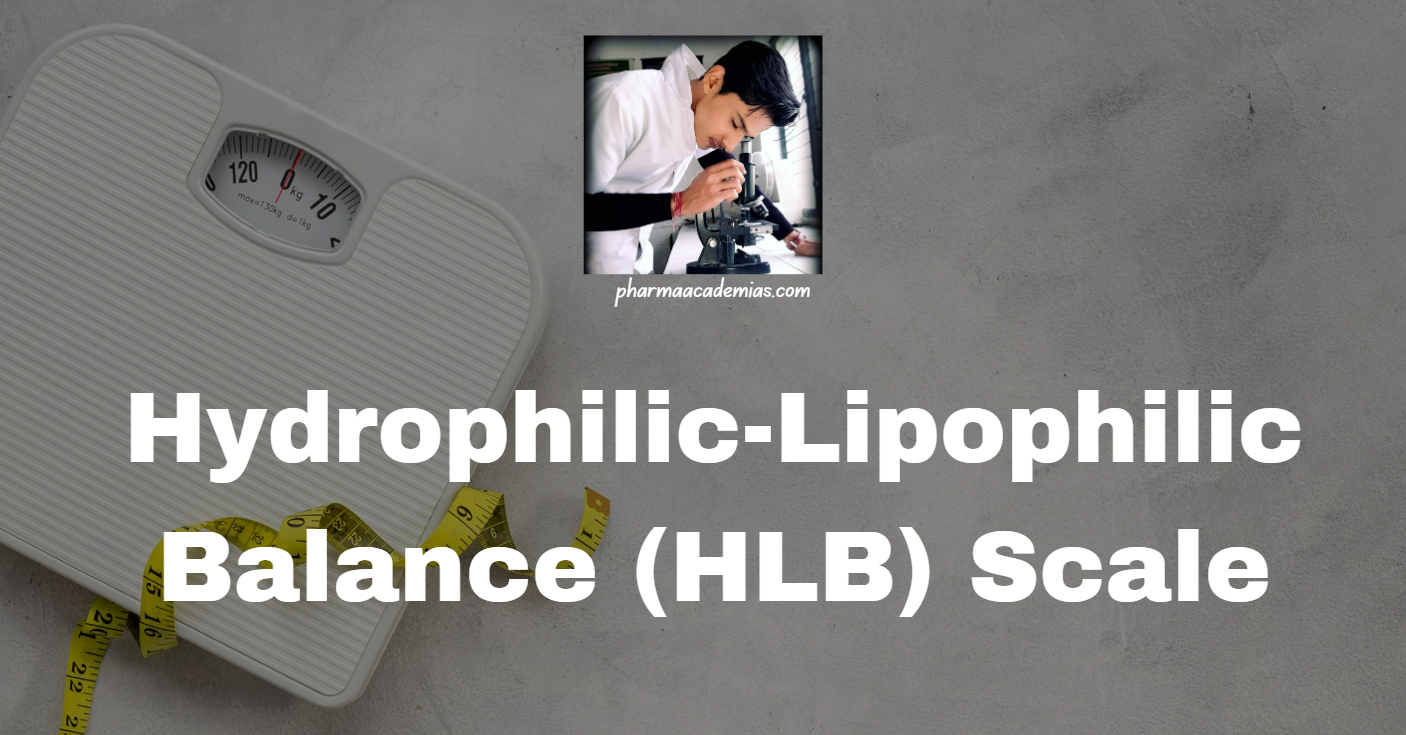Buffered Isotonic Solutions: Definition, Components, and application
Introduction Buffered isotonic solutions represent specialised liquid formulations that maintain a stable pH and osmotic pressure. These solutions find extensive use in various medical, pharmaceutical, and biological applications where maintaining physiological conditions is critical. Components of Buffered Isotonic Solutions 1. Buffers: – Role: Buffers resist changes in pH, ensuring the stability of the solution. … Read more










